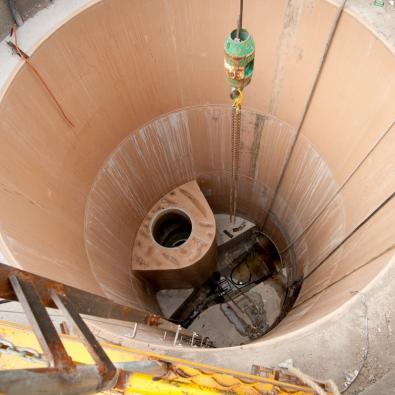Sewage, comprised of 99% water, is the wastewater that leaves our kitchens, bathrooms, laundries and toilets, as well as from industry and businesses. In Melbourne, a safe, clean and healthy environment is essential to our way of life. Find out what happens after you flush, then read the benefits of 'poo power' harnessed by the treatment process.
What happens after you flush
Ready to find out what happens after you flush? There are three key steps: disposal, transfer and treatment:
First, disposal
Each year, more than 320 billion litres of sewage enters Greater Melbourne's sewerage through a network of underground pipes.
This sewage comes from homes as well as businesses. Businesses need permission to use the sewers because their trade waste is more contaminated.
Then, transfer
Sewage then enters one of three larger trunk sewers. These slope downwards so gravity helps the sewage flow.
Eventually, pumping stations push it up to ground level to be processed at a treatment plant or to continue its journey through our sewerage, which can take up to 12 hours.
Finally, treatment
Melbourne has two big treatment plants: the Western Treatment Plant in Werribee and the Eastern Treatment Plant in Carrum. There are lots of smaller treatment plants all around Melbourne too.
Did you know these treatment plants process sewage in different ways, removing rubbish, organic matter and chemicals?
Prefer video to digest this information? Watch this video for an overview:
Keeping our city healthy is essential to our way of life today, tomorrow and for generations to come.
